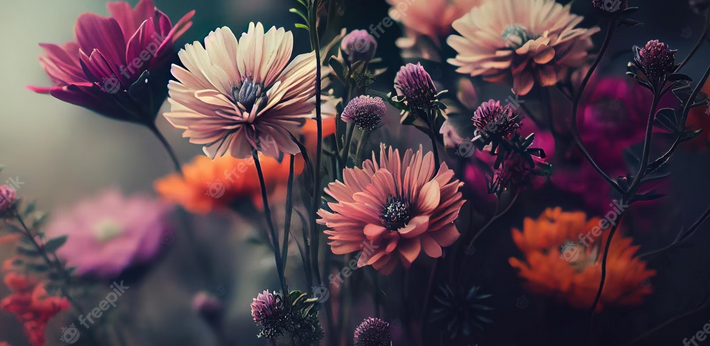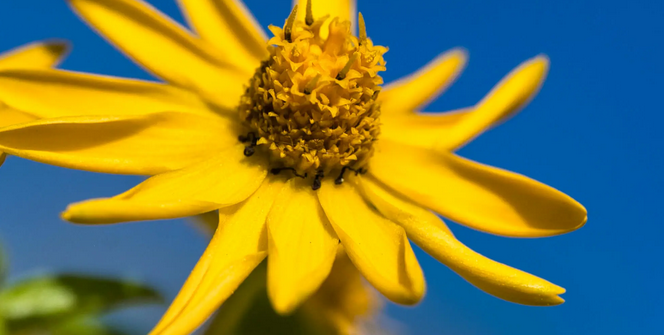|
Getting your Trinity Audio player ready...
|
Flower photography is a captivating art form that celebrates the intricate beauty of blooms. This article explores the world of flower photography, from essential equipment to artistic techniques, helping you master the art of capturing nature’s beauty through the lens.

The Art of Flower Photography
Flower photography is more than a technical skill; it’s a creative endeavor. Here’s how to elevate your flower photography from snapshots to visual poetry.
-
Choosing the Right Equipment
-
- Invest in a high-quality camera with manual settings. DSLRs and mirrorless cameras offer versatility.
- A macro lens is essential for capturing intricate details, allowing extreme close-ups.
- Don’t forget a sturdy tripod for stability, especially in low-light conditions.
- Understanding Lighting
- Natural light is often your best friend. Overcast days provide soft, diffused light that minimizes harsh shadows.
- Experiment with backlighting and side lighting to emphasize textures and shapes.
- Avoid shooting during midday when the sun is harsh and can cause overexposure.
-
Mastering Composition Techniques
- Apply the rule of thirds for balanced compositions. Place your main subject off-center for visual interest.
- Experiment with depth of field (DOF). A shallow DOF blurs the background, making your flower pop.
- Fill the frame with your subject to create a powerful visual impact.
-
Patience and Persistence
- Flowers can be unpredictable subjects. Wait for the right moment, such as a gentle breeze subsiding.
- Take multiple shots from various angles and settings to increase your chances of capturing the perfect image.
Tips for Stunning Flower Photography
-
Preparation is Key
- Carry small cleaning tools like a brush to remove debris and insects from the flower.
- Utilize a reflector or diffuser to manipulate light and shadows.
- Pay attention to your background; a cluttered one can distract from your subject.
-
Timing is Everything
- Early morning and late afternoon offer soft, warm light that enhances colors.
- Overcast days provide even, flattering lighting conditions.
- Observe your chosen flower over several days to capture it in various stages of bloom.
-
Experiment with Angles
- Get down to the flower’s level for an intimate perspective.
- Shoot from below to incorporate the sky as a backdrop for a dramatic effect.
- Explore unique angles that showcase the flower’s shape and form.
- Play with Depth
- Adjust your aperture (f-stop) to control the depth of field.
- Utilize a wide aperture (low f-stop) for a blurred background (bokeh) that isolates the flower.
- Experiment with focus stacking for maximum sharpness.
Editing and Post-processing
While great photos start in-camera, post-processing can elevate your flower photography. Consider these essential steps:
- Color Correction: Adjust brightness, contrast, and saturation to enhance natural colors.
- Sharpening: Apply subtle sharpening to bring out intricate details.
- Cropping: Reframe your image for better composition.
- Background Removal: In some cases, removing the background can create a striking effect.
Challenges in Flower Photography
- Weather Conditions: Wind and rain can disrupt your shoot. Be patient and flexible.
- Time Constraints: Flowers have a limited lifespan. Plan your shoot accordingly.
Famous Flower Photographers
Several renowned photographers have made their mark in flower photography:
- Robert Mapplethorpe: Known for striking black-and-white floral portraits.
- Georgia O’Keeffe: The renowned painter also created stunning close-up flower photographs.
- Karl Blossfeldt: Famous for detailed botanical photographs that resemble intricate architectural structures.
Sharing Your Work
In today’s digital age, sharing your flower photography has never been easier:
- Social Media: Platforms like Instagram and Pinterest are perfect for showcasing your work.
- Photography Websites: Create a portfolio on platforms like SmugMug or 500px.
- Local Exhibitions: Consider participating in local art shows to gain exposure.
Photographing Different Flower Types
Flower photography offers an incredible variety of subjects. Explore various flower types to diversify your portfolio:
- Wildflowers: Venture into nature to capture the beauty of wildflowers in their natural habitat.
- Garden Blooms: Botanical gardens and well-maintained gardens provide a plethora of colorful subjects.
- Macro vs. Wide Shots: Experiment with macro photography for extreme close-ups of flower details, or opt for wide shots that capture entire flower beds or fields.
Creating Floral Stories
Go beyond individual flower shots and create captivating floral stories:
- Seasonal Changes: Document the same flower or flower type throughout different seasons, showing its growth and transformation.
- Pollinators: Capture the interaction between flowers and pollinators like bees and butterflies.
- Time-lapse Photography: Set up a time-lapse sequence to capture a flower’s journey from bud to full bloom.
Photographing Flower Arrangements
Flower arrangements offer unique opportunities:
- Still Life: Create stunning still-life compositions by arranging cut flowers in vases or bowls.
- Indoor vs. Outdoor: Experiment with photographing flower arrangements in various indoor and outdoor settings.
- Close-Ups: Highlight the details of individual flowers within the arrangement.
Conclusion
Flower photography is a captivating blend of art and nature, allowing you to explore the intricate details and vibrant colors of blooms. With the right equipment, technique, and a touch of creativity, you can create stunning flower photographs that not only serve as visual delights but also celebrate the artistry of nature. So, grab your camera, head outdoors, and let the world of flowers inspire your next photographic masterpiece.

